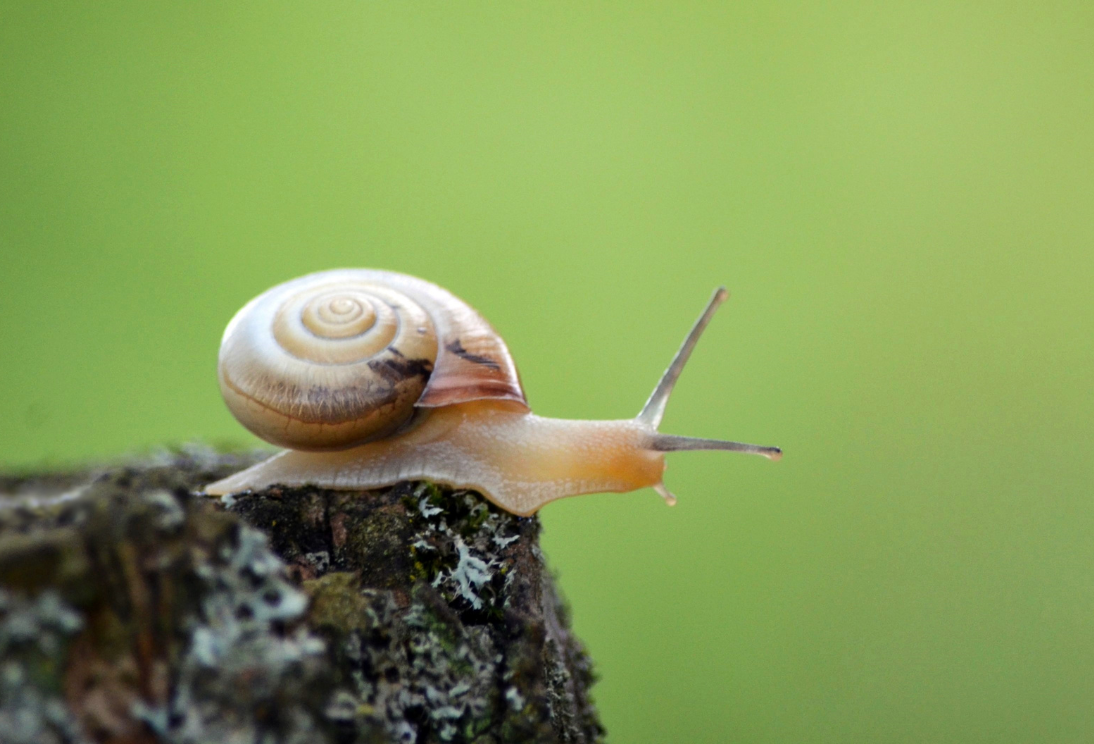
From mold to fly: guests in the vegetable and picking garden
|
Tijd nodig om dit artikel te lezen: 4 min
|
Tijd nodig om dit artikel te lezen: 4 min
After nurturing seedlings of vegetables and flowers with great care for an entire season, there it is: a hungry snail. It has a taste for the fresh young leaves of the dahlias and feasts on them eagerly. Or the aphids that suddenly colonize the tender tips of the seedlings. Pests aren't always welcome in the garden, but they are essential for ecological balance.
But what exactly is that important ecological balance in the garden, and why is it so crucial? In an ecological balance, there is, in the long term, a stable population of various species of plants and animals. If there's a healthy ecological balance in the garden, biodiversity is often also ensured. A biodiverse garden is stronger: it is better able to withstand extreme weather conditions and also diseases and pests.
An important, if not the most important, advantage of a garden in ecological balance is the presence of natural helpers. For instance, if there's a slug infestation in the garden but no garden birds ever visit, the slugs are likely to reproduce rapidly, with all the consequences that entails. However, if there's also a population of garden birds, they help keep the number of slugs in check. An easy tip to apply in the garden is planting sunflowers. Once the sunflowers have bloomed, you can leave the flower heads for the birds. In the fall, garden birds will feast on the seeds, and you can attract more birds to the garden in a simple way.
Aphids. These tiny insects pierce and suck plant sap from the green parts of the plant. This weakens the plant and can eventually lead to its death. Leaves may curl in response to the aphids, causing the plant to deform over time. Finally, aphids can also transmit diseases if they move to another plant.
Do you see many ants on and around the plant? Then there's a good chance aphids are present too. Aphids secrete honeydew, a sticky and sweet substance that ants love to devour. They protect the aphids so they can keep tapping the sweet honeydew.
Slugs. These slimy omnivores are the cleanup crew of the garden. They clear away all dead organic material and serve as a food source for other animals. Birds, hedgehogs, and frogs absolutely love slugs.
Because slugs can reproduce very quickly, an infestation can soon take hold in the garden. Ensure enough predators are attracted: create hiding spots for hedgehogs, hang birdhouses to lure garden birds, and possibly use nematodes to reduce the worst of the infestation.
Caterpillars. Most people enjoy watching butterflies but aren't fans of caterpillars. These little creatures are constantly munching on leaves, often causing damage to shrubs and trees.
Caterpillars, however, are an important food source for small garden birds. So, definitely don't combat them with chemicals; instead, move them to a spot where they can feast to their heart's content without your flower or vegetable garden suffering.
Wasps play an important role in the garden. They pollinate flowers, clean up organic material, and also catch other insects. True powerhouses that you certainly don't want to eliminate.
Wasps at the garden table are obviously less pleasant. Therefore, create a spot where they can linger without bothering you. Wasps are fond of ripe fruit, so perhaps make a corner at the back of the garden with some pruned waste and fallen fruit. They can eat here without disturbing you.
Powdery mildew is a fungus that creates white spots on the leaves. You often see mildew on zucchinis, pumpkins, and grapes. Always ensure sufficient air circulation, so occasionally remove a leaf so the remaining leaves can dry faster.
At the end of the season, as autumn sets in, mildew is widespread. However, if it's still early in the season and you want to tackle mildew, you can apply diluted milk to the leaves.
Phytophthora infestans or the tomato disease. This disease, which is actually a fungus, can cause significant damage to tomato and potato plants in the garden. The fungus causes rot in the leaves, stems, and eventually the fruits themselves. Unfortunately, the plant then completely dies, and the harvest is lost.
To avoid Phytophthora, it's best to keep the plants as dry as possible. Ensure there is sufficient air circulation in the greenhouse by keeping windows and doors constantly open. Are the plants in the garden and not in a greenhouse? Consider providing a shelter to prevent water from reaching the plant. Also, prune the leaves that grow against the greenhouse windows or overlap each other. These spots are the ideal breeding ground for fungi, including Phytophthora.
Did you know we also have a well-stocked YouTube channel? With more than 450 videos, we have a large database of information. Be sure to take a look on YouTube and subscribe to stay updated with the latest videos.
In this video, Angelo teaches you everything about controlling slugs in the garden.
Controlling pests is certainly not always necessary. Using chemical pesticides often does more harm than good in the garden, damaging not only the pest but also other insects and animals. Always choose an ecological and sustainable approach and sow some extra crops. This way, you'll always have enough seedlings and plants in stock in the vegetable or cutting garden.



